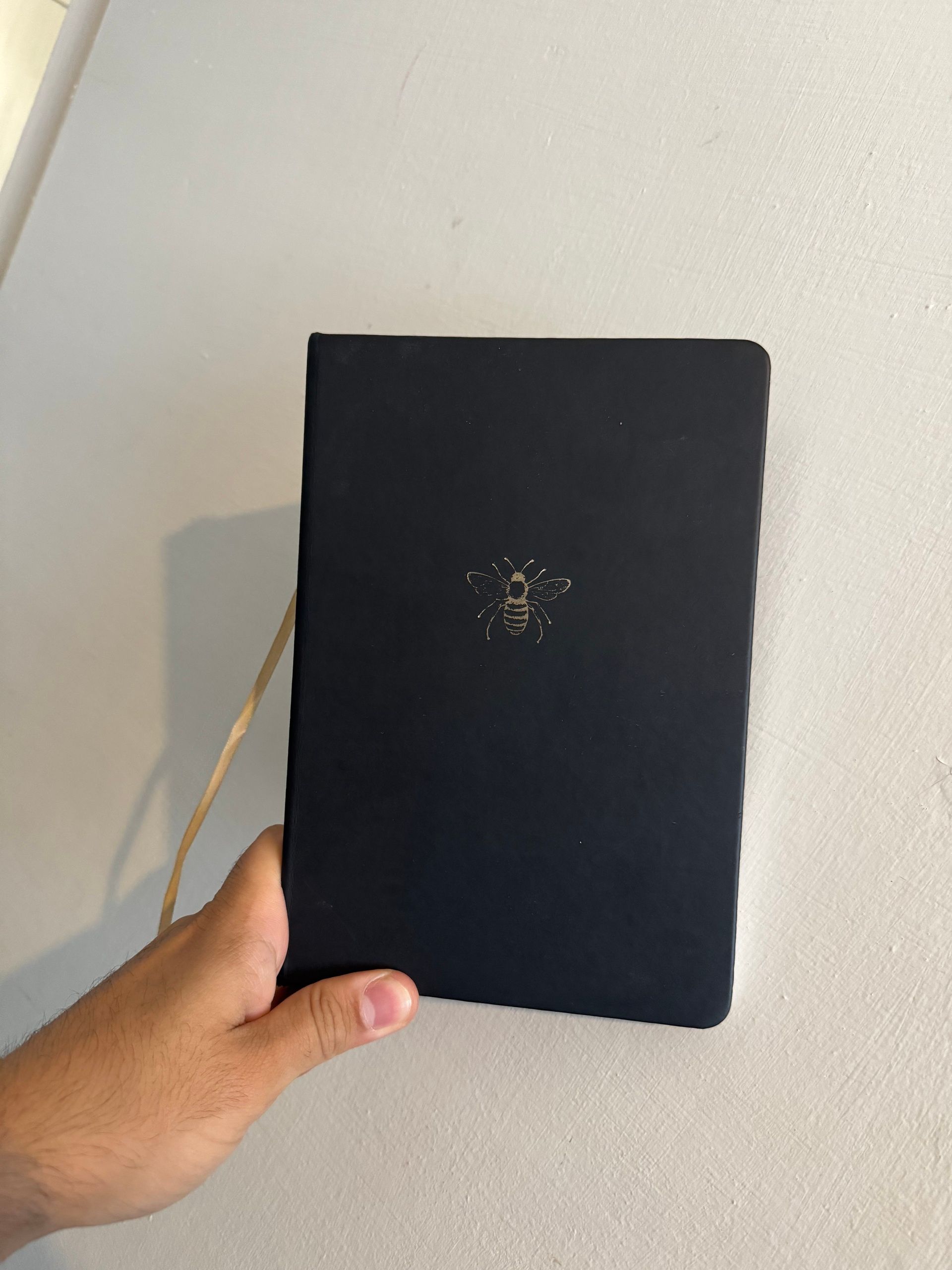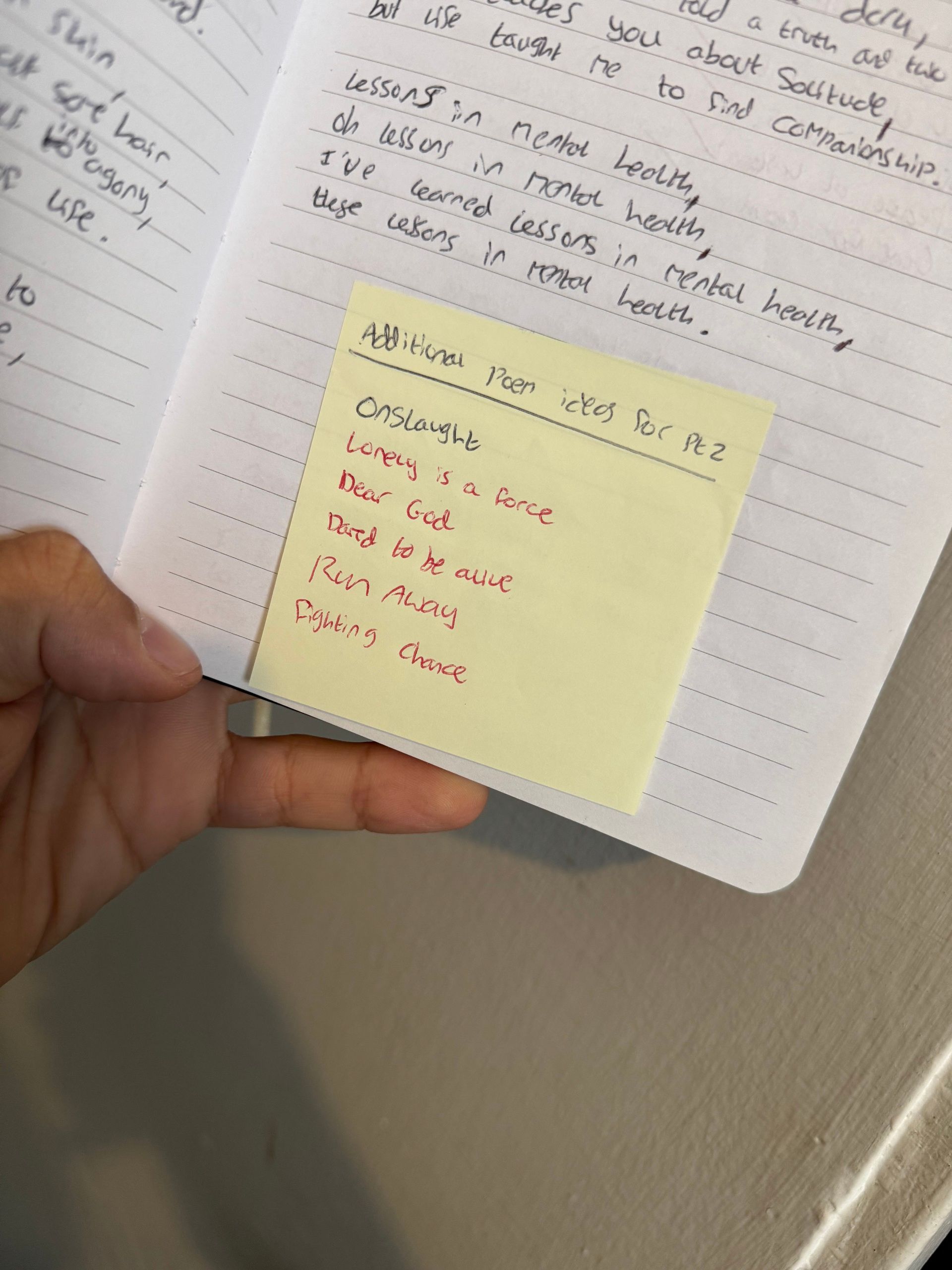The way of a quill

If only you could see inside!
In the third edition of The Phoenix Society News, I’m thrilled to take you behind the scenes of the writing process for my debut book.
As many writers know, once a seedling of an idea takes root, the creative urge can be irresistible. It’s tempting to dive straight in, letting excitement guide every word. But for me, I prefer to take things slowly, carefully mapping out the world I want to bring to life. Every line, every verse, and every poem is deliberately crafted to fit the vision I have.
The first step in creating my book was deciding on a title and planning the themes I wanted to explore. For me, the title isn’t just a name—it’s a window into the message of the book and the overarching themes of the collection. I usually brainstorm three or four working titles, gradually refining them until one feels just right.
Once the title was set, I moved on to building the book’s foundation. For my debut collection, this meant crafting the three sections of the book. I brainstormed titles for each part and carefully mapped out the themes for each section. Only then did the writing begin.
When it comes to writing my poems, I don’t follow a fixed method. I let my thoughts and emotions spill onto the page, using them as my ink. This keeps my work authentic, raw, and untampered. At this stage, I produce a large volume of poems, capturing everything I want to say.
Next comes the filtration stage. I sift through the poems, selecting those that best reflect the themes of the book while setting aside the ones that don’t quite fit. Once I have the strongest pieces, I arrange them in an order that balances storytelling and thematic flow.
After this, I read through the entire project from start to finish to see if it meets my expectations. If there’s a problem, I revisit the draft and make adjustments. For my debut book, thankfully, everything fell into place.
The final stage involves putting the finishing touches on the book: the introduction, acknowledgements, contents page, and other publication-specific details. And that’s the journey from the first spark of an idea to a completed collection of poems.

Poem titles… ah, but, did they make it into the final draft of my book?
The Creative Spark.
Inspiration, inspiration, inspiration. The most vital ingredient in any book. With it, you are an untamable force; without it, you are a wandering soul, lost in barren lands.
Much of my inspiration comes directly from my personal experiences—the traumas I have endured, the horrors I have faced, and the lessons I have learned. My inspiration is the wellspring of my emotions, the source from which every poem flows.
As a result, you’ll notice that many of my poems are saturated with emotion, never shying away from the raw, unfiltered truth of my experiences.
And that is the beauty of inspiration: it transforms pain into art, struggles into stories, and the ordinary into something extraordinary. It is the spark that turns a single thought into a universe of words.
The Writer’s Pause…
“There is no greater agony than bearing an untold story inside you.” – Maya Angelou
Writer’s block—the silent adversary every writer knows too well. One moment, ideas flow like a river; the next, the page sits blank, almost mocking you. But here’s the truth: writer’s block isn’t a curse—it’s a signal. It’s your mind telling you to pause, breathe, and reconnect with your creativity.
When it happens to me, I take a deliberate step back from writing to recharge and find inspiration again. Whether it’s a leisurely stroll through the park or immersing myself in an art exhibition, giving my mind a gentle distraction often proves to be the perfect remedy.
Remember: a blank page is not failure. It’s an invitation—to explore, to play, and to rediscover your voice. Writer’s block is temporary; your stories are waiting.
“If the beast finds no beauty,
will he simply wilt slowly?”
Until next time, my dearest readers,
Erem Sahintepe
